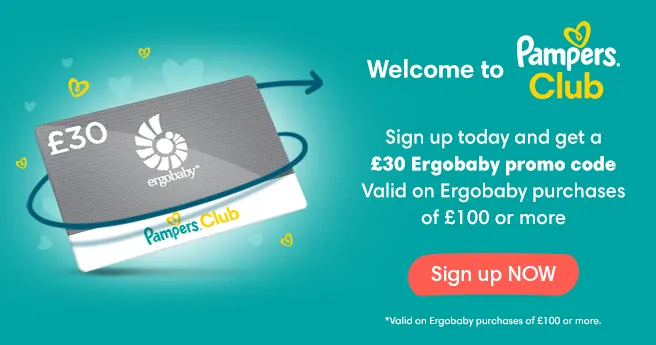
How Toddlers Learn through Play
Play is perhaps the most important activity of young children. It's their 'work,' their principal occupation and how they learn!
Key Takeaways
How do children learn?
Children learn from each other
When children play with siblings and friends, they learn from each other. As questions, challenges and conflicts arise, they figure out how to solve problems.
When your child plays in a group made up of different ages, he has the opportunity to learn in two different ways:
Children Learn by Doing
Learning is an active process. The more hands-on experiences your child has, the more curious and capable he'll become.
Children Learn from the Adults in their Lives
Your lifelong offering of unconditional love and support for your baby is essential for your baby to thrive and develop.
Your relationship provides the sense of security and positive self-esteem that your child needs in order to achieve and to learn. With emotional support in place, you can help your child to get the most out of play (and therefore learning) by following these suggestions:
Help your child be a good observer
Children learn from actively studying the world around them.
Take a walk with your 3-year-old and come upon a construction site, share her interest in the activity by stopping to watch and exclaiming, 'Wow! Look at the big wheels on that digger.'
Model positive behaviours
One of the most powerful ways your that child learns is by following your example. This process happens naturally and almost unconsciously.
For example, when your child sees you reading regularly, she will want to read and be read to. And reading is one of the most important things you can do with your child!
Use positive language
Everyone responds better to positive words than to negative ones. Instead of issuing a command or a prohibition ('Don't throw the ball over there!') offer a suggestion of what your child can do ('That's a good place to throw the ball').
Play is the work of childhood. It's how your child learns about the world and how to get along in it. When you support your child in this challenging job, then your child's work really will be child's play.
Read more about Toddler
Related Articles
Join Pampers Club and get:







